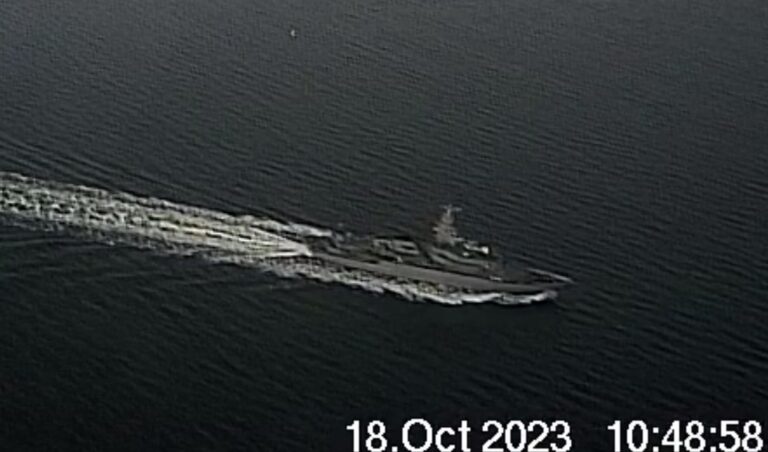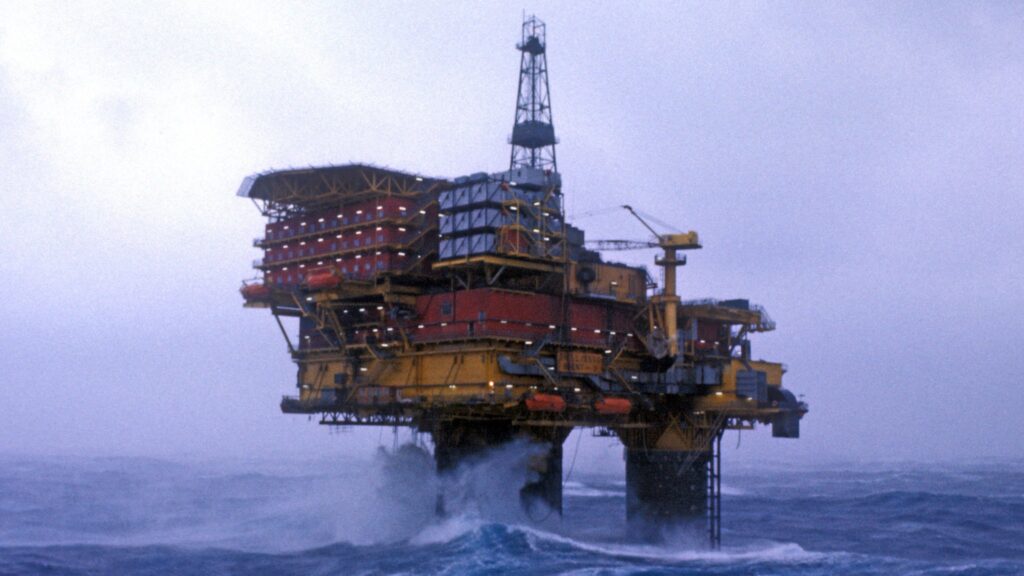The attacks on the Nord Stream and Balticconector made it possible to define common features in preparing these sabotage operations.
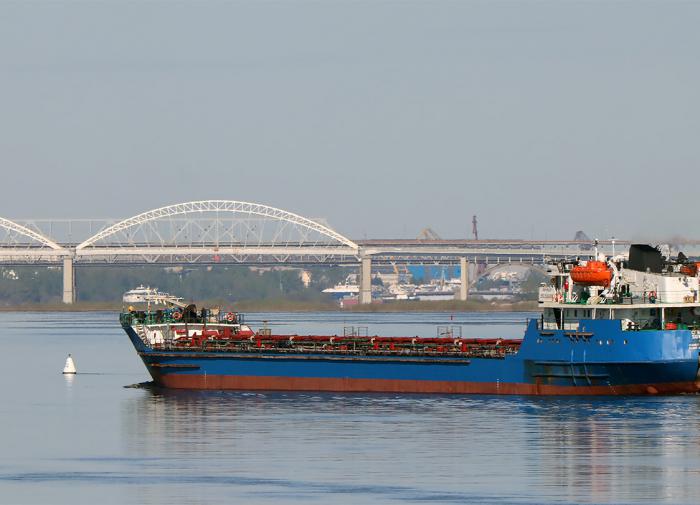
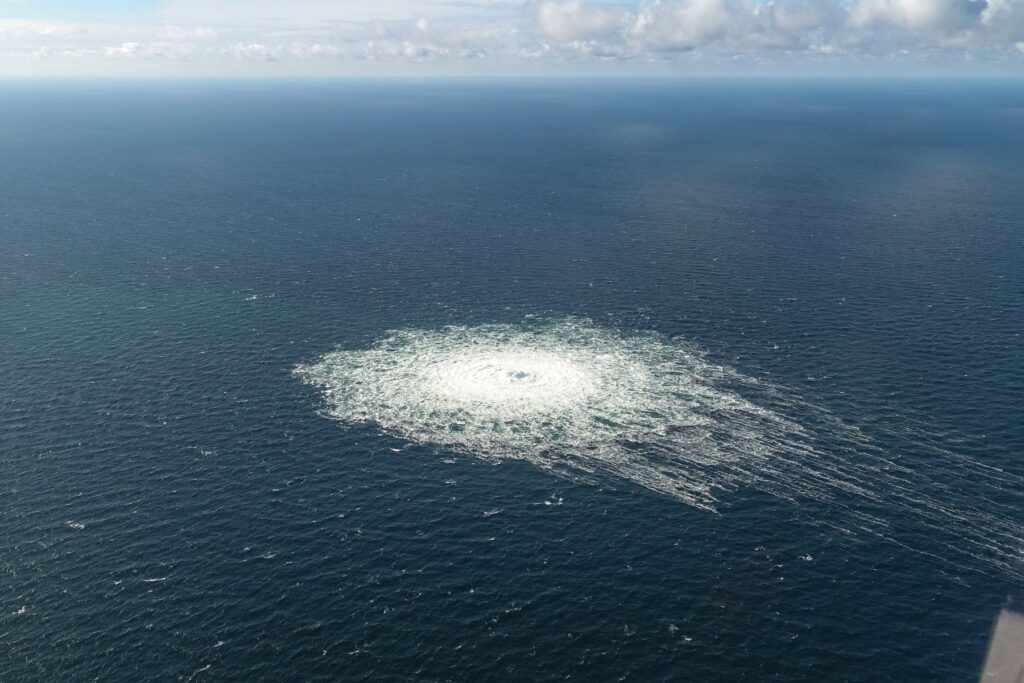
More on this story: Russia attacked EU energy system
Russian reconnaissance ship Sibiryakov, regarded as a hydrographic vessel in Russia, was in both cases present at the blast sites several days before the explosions. The Project 865 vessel was built in Poland and has been with the Russian Navy since 1990. Despite the cover story, the Sibiryakov is a medium reconnaissance ship of the Russian Navy. The Sibiryakov is believed to be capable of carrying out underwater surveillance.
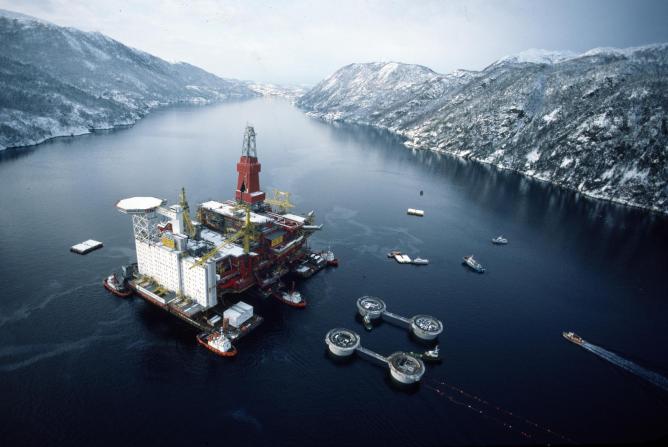
More on this story: Risk of attack on Norway’s energy facilities reached high point
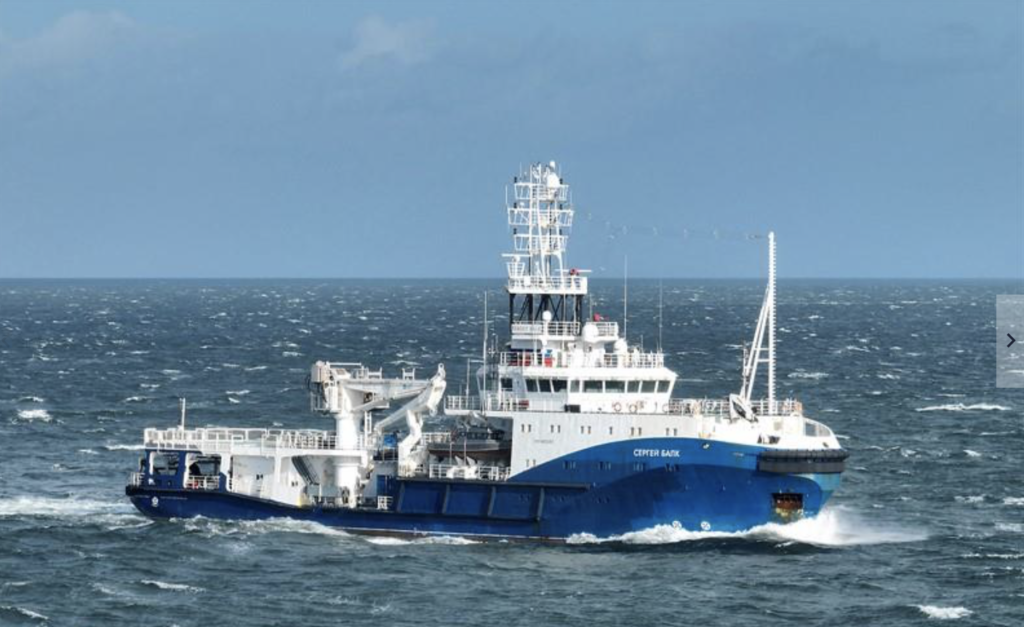
The investigation by Denmark’s DR, Norway’s NRK, Sweden’s SVT, and Finland’s Yle confirms that Sibiryakov was present near to where explosions later took place on the Nord Stream pipelines.
The investigation found that Sibiryakov, along with the Navy tugboat SB-123 and the rescue vessel S-750 were seen in the area where the Nord Stream runs five days before the explosions. These ships, designed for technical underwater operations, can also take a small submarine on board.
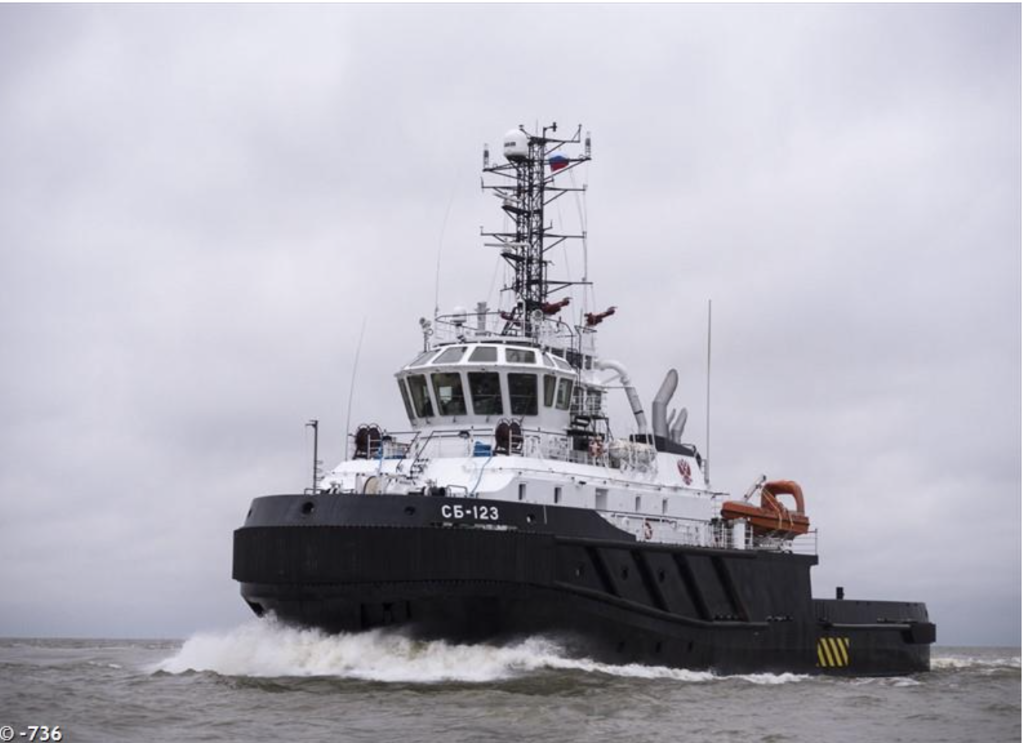
Reconnaissance and subsea operations by Russians involve not only reconnaissance vessels, but also special tugs able to perform deep-sea work, such as Sergey Balk, SB-123.The list of Russian vessels that are probing the Euro-Atlantic area, equipped with devices for subsea operations, and submarine launchers, for Russian Defense Ministry and Military Intelligence:
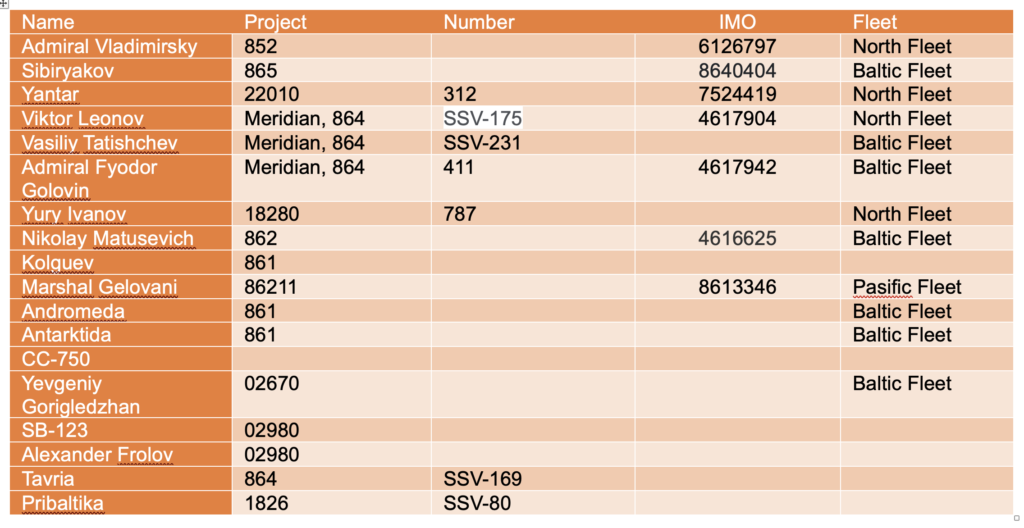
That means these ships, if present in the areas where pipelines, energy facilities, or underwater communication cables run, may speak for an act of sabotage being prepared or a search for vulnerable spots for further sabotage.
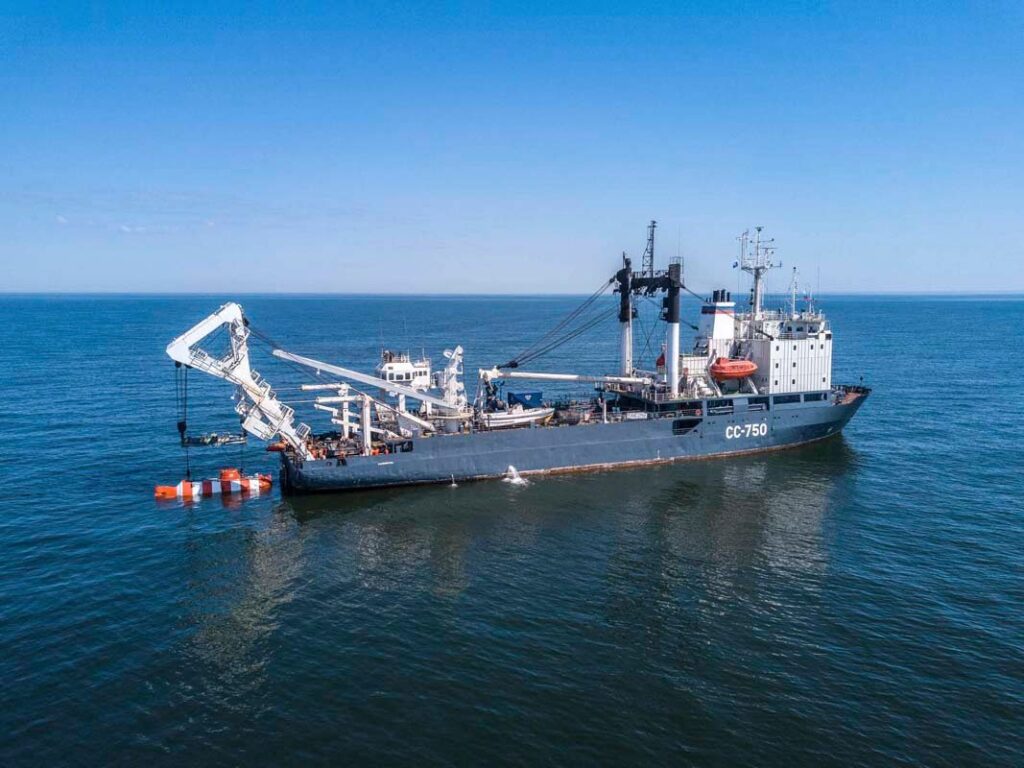
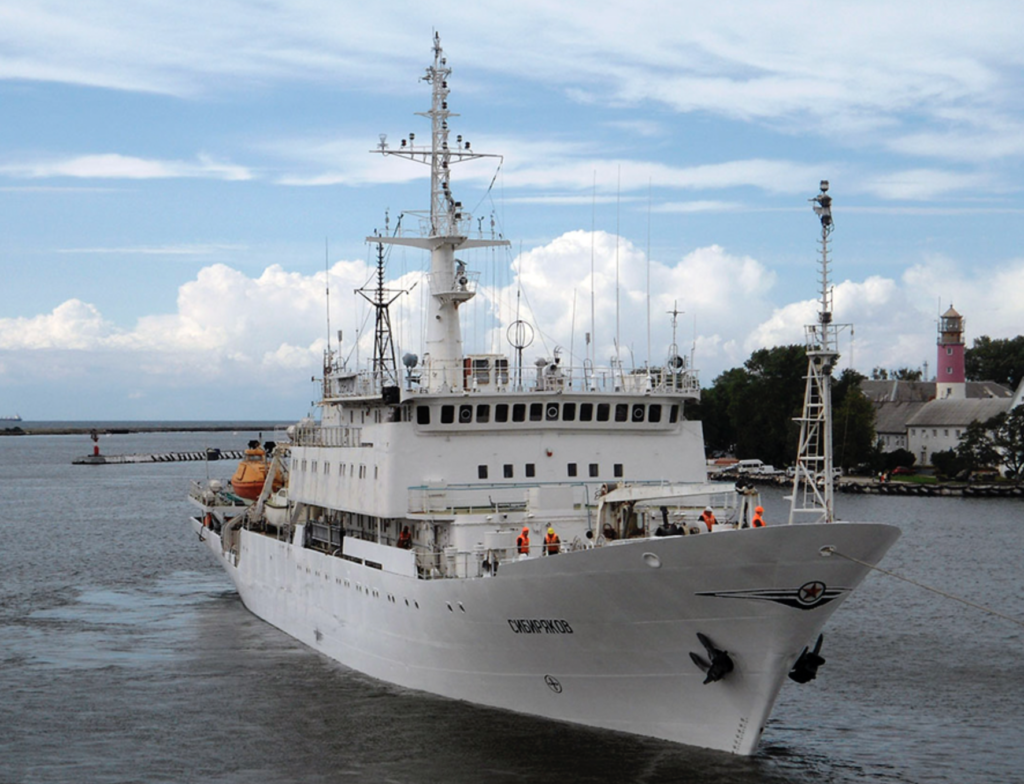
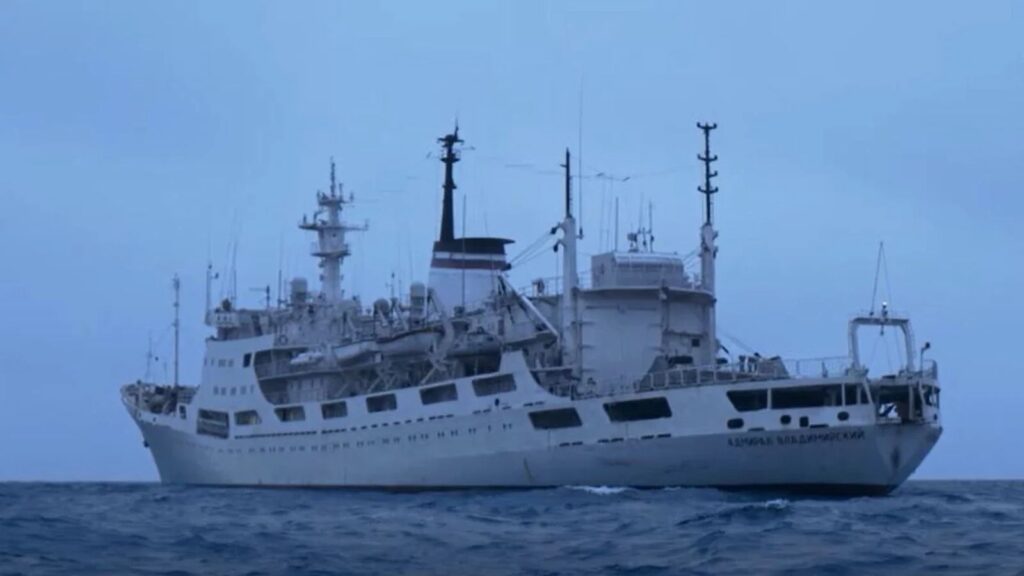
We believe Russian reconnaissance vessels present at the sites of two sabotage acts on gas pipelines rule out the possibility of other actors being involved in the cases.The Main Directorate of Deep-Sea Research of Defense Ministry might be involved.
Having studied the movement of these vessels for the last year and a half, it is possible to identify potential targets for Russian sabotage:
1. Scotland, Hornsea One
2. Walney Extension
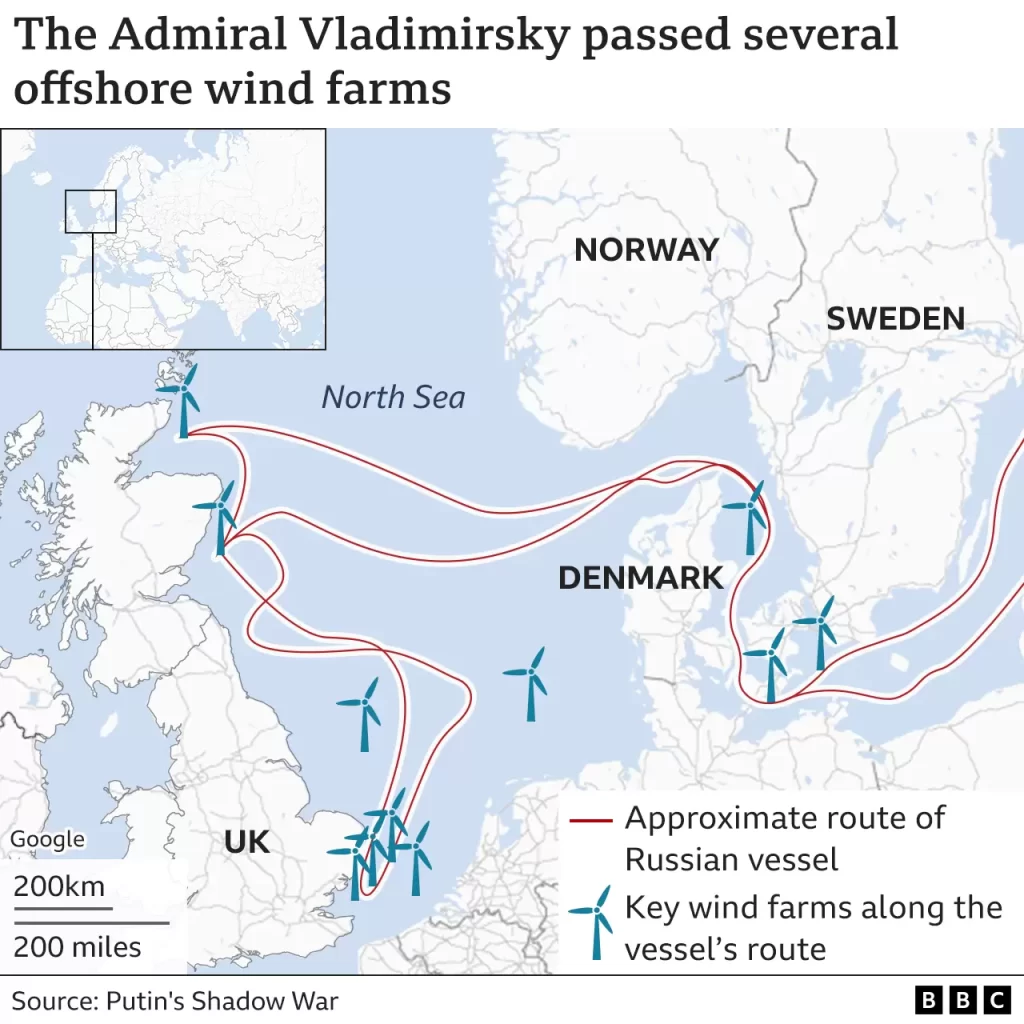
3. Oil and gas platforms in the North Sea, Baltic Pipe, stationary LNG terminal in Swinoujscie, floating storage and regasification facilities in Klaipeda, Paldiski, Inkoo
4. Underwater communication cables.
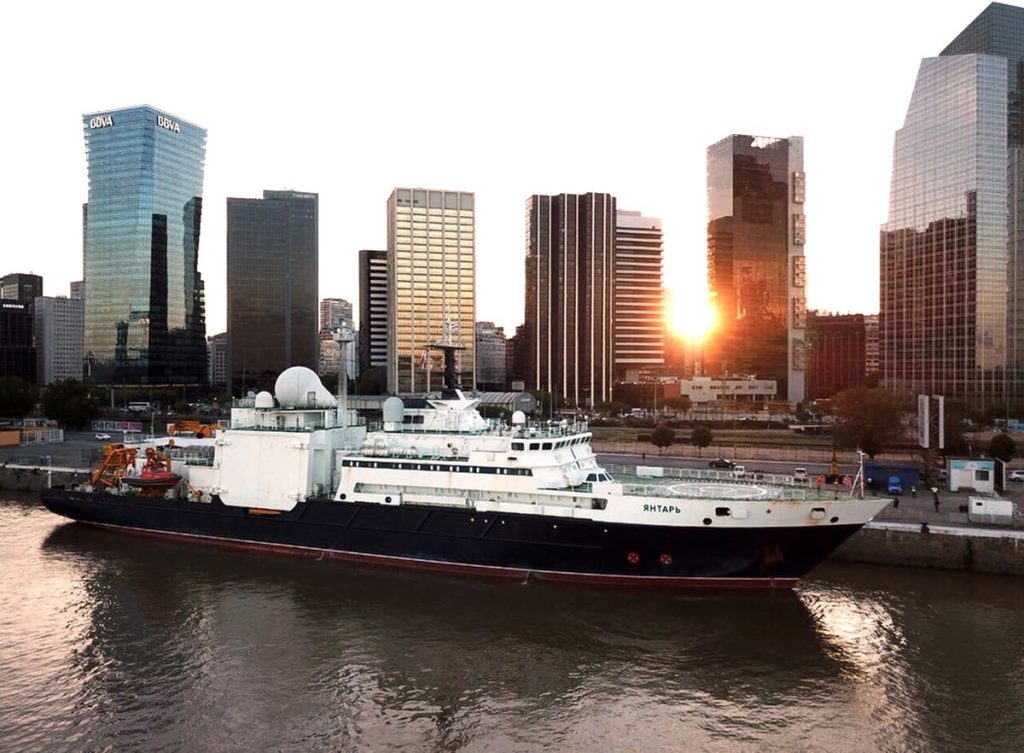
More on this story: Naval updates threaten underwater comms systems with sabotage attack
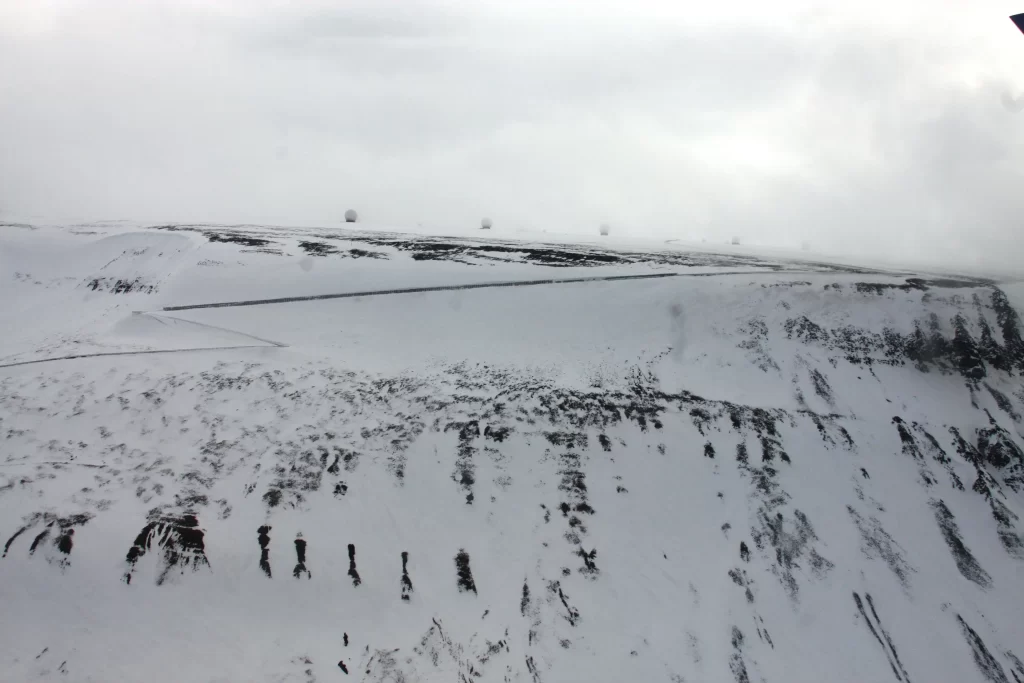
More on this story: Damage to SvalSat cable proves Russia further upping stakes


